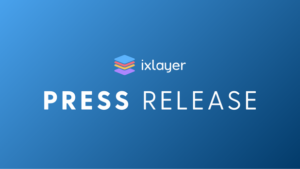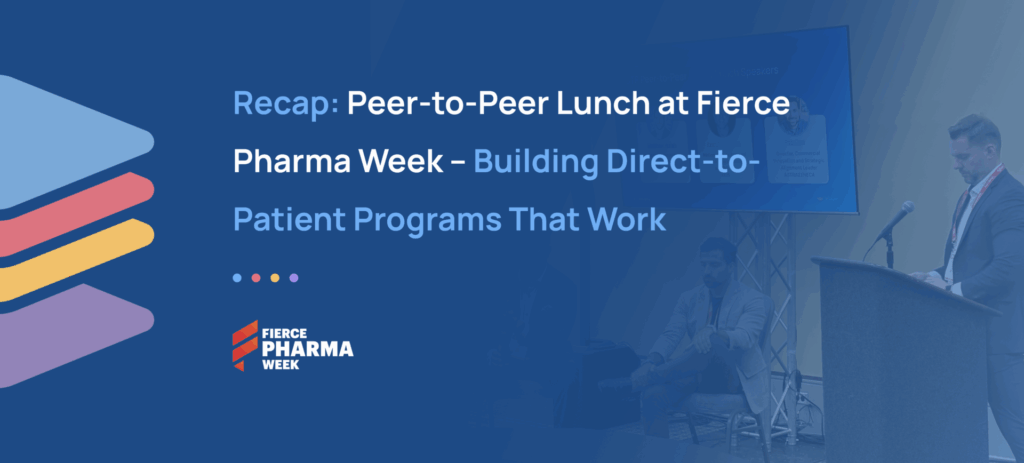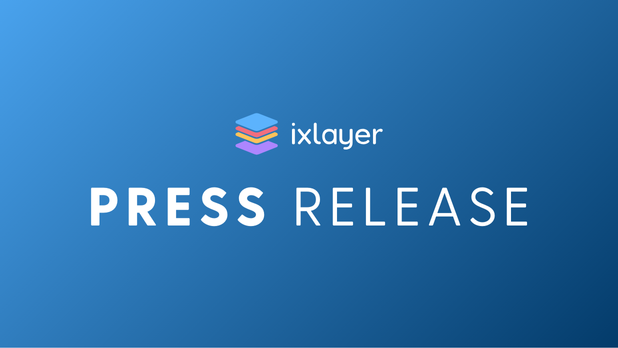Direct-to-patient platforms, including telehealth, digital HCP connection, and multimodal diagnostic testing, have improved accessibility and convenience on their march to improved patient outcomes.
The healthcare landscape has undergone a revolutionary transformation, driven by advancements in technology and changing patient expectations. Central to this transformation is the digital patient journey, which encompasses direct-to-patient efforts, telehealth, remote diagnostic testing, digital HCP connection and online scheduling. These innovations are not only improving patient access to care but also enhancing the overall patient experience and outcomes.
Direct-to-Patient Efforts Drive Engagement and Connection to Care
Direct-to-patient (DTP) efforts represent a significant shift in how healthcare services are delivered and consumed. By leveraging digital tools and platforms, life sciences and other healthcare entities can now engage with patients directly. This model empowers patients by giving them greater control over their healthcare journey and fostering a more personalized experience.
One of the primary benefits of DTP is improved patient engagement. With the ability to access educational materials and at-home diagnostic tests, schedule appointments, and communicate with healthcare providers through digital channels, patients are more informed and proactive about their health. For example, pharmaceutical companies are increasingly using DTP strategies before launch to bridge the gap between education on a condition or disease and treatment.
Moreover, DTP efforts support communication between patients and healthcare providers. The Human Resources and Services Administration calculates that there is a shortage of over 13,000 physicians today in Primary Care alone¹. The NIH published a study predicting that there will be a national shortage across physician types over 139,000 by 2030². By utilizing digital marketing techniques, those in remote or underserved areas have access to a greater pool of relevant physicians. This approach is particularly beneficial for managing chronic conditions, where continuous engagement and support are crucial for effective disease management, or in key specialty areas where shortages are even more pronounced. A recent study found that 86% of rural counties in the U.S. don’t have a single cardiologist practicing in them, despite chronic conditions like heart disease being higher than average in those areas.³
Telehealth Supports a Virtual Care Journey
Telehealth has become a cornerstone of the digital patient journey, especially in the wake of the COVID-19 pandemic. Telehealth services enable patients to consult with healthcare providers from the comfort of their homes, using video conferencing, phone calls, or messaging apps. This convenience has made healthcare more accessible, particularly for individuals with mobility issues, those living in rural areas, or those with busy schedules.
One of the most significant advantages of telehealth is its ability to reduce barriers to care. According to a report by McKinsey⁴, telehealth usage increased by 38 times compared to pre-pandemic levels, highlighting its growing acceptance and utilization. Patients can now receive timely medical advice, follow-up care, and even mental health support without the need for in-person visits.
Additionally, telehealth enhances continuity of care. Patients can easily maintain regular check-ins with their healthcare providers, ensuring that their health is monitored consistently. This is particularly important for managing chronic diseases, where ongoing communication and adjustments to treatment plans are often necessary.
When telehealth is implemented as part of a full direct-to-patient journey, the impact of all the other engagement points is amplified. Telehealth fills in any gaps, allowing patients the chance to ask questions, receive guidance, derive confidence in managing their health.
Multimodal Diagnostic Testing Arms Patients with Actionable Data
Multimodal diagnostic testing is another critical component of the digital patient journey. At-home tests allow patients to collect samples, such as blood, saliva, or urine on their own schedule and send them to laboratories for analysis. The results are then shared digitally with both the patient and their healthcare provider.
The convenience and privacy offered by at-home diagnostic testing are unparalleled. Patients no longer need to schedule appointments, travel to labs, or wait in long queues. This ease of access encourages more people to undergo regular health screenings, leading to earlier detection of diseases and timely interventions. And, when patients discuss their health concerns with their physicians, they have immediate access to information needed for faster diagnosis.
These tests can be combined with traditional labs or mobile phlebotomy units, a multimodal approach that ensures optimized patient access and choice, and connected through a single digital patient experience that satisfies modern consumer expectations.
Furthermore, the ability to enable digitalconnectivity to in-person testing at a patient service center, or facilitate at home testing through mobile phlebotomy ensures optimal patient choice – key to the “expectation economy”.
The Integrated Digital Patient Journey
When combined, direct-to-patient efforts including, telehealth, remote diagnostic testing and results sharing, online HCP scheduling, and support navigating insurance and payment create a cohesive and integrated digital patient journey. This holistic approach ensures that patients receive continuous, personalized care at every touchpoint of their healthcare experience.
- Improved Access to Care: Digital tools break down geographical and logistical barriers, making healthcare more accessible to a wider population. Patients can consult with specialists, undergo diagnostic tests, and schedule appointments with ease, regardless of their location.
- Enhanced Patient Engagement: By providing patients with the tools to manage their health actively, healthcare providers can foster a more engaged and informed patient population. This engagement leads to better adherence to treatment plans and improved health outcomes.
- Efficient Resource Utilization: Digital health solutions optimize the use of healthcare resources. Telehealth reduces the strain on physical facilities, at-home testing minimizes the need for in-person lab visits, and online scheduling streamlines administrative processes.
- Data-Driven Insights: The digital patient journey generates a wealth of data that can be used to gain insights into patient behaviors, preferences, and health trends. These insights enable healthcare providers to tailor their services to meet the specific needs of their patients and help pharmaceutical companies better understand the patient journey.
CLICK HERE to learn more about how ixlayer works with biopharma leaders to integrate a complete end-to-end, direct-to-patient experience into their marketing campaigns.
¹ https://data.hrsa.gov/topics/health-workforce/shortage-areas
² https://www.ncbi.nlm.nih.gov/pmc/articles/PMC7006215/
About ixlayer
ixlayer is the only end-to-end, direct-to-patient platform built for biopharma and optimized for patient choice. We help biopharma companies connect with patients from testing to treatment with speed, transparency, control and impact.







